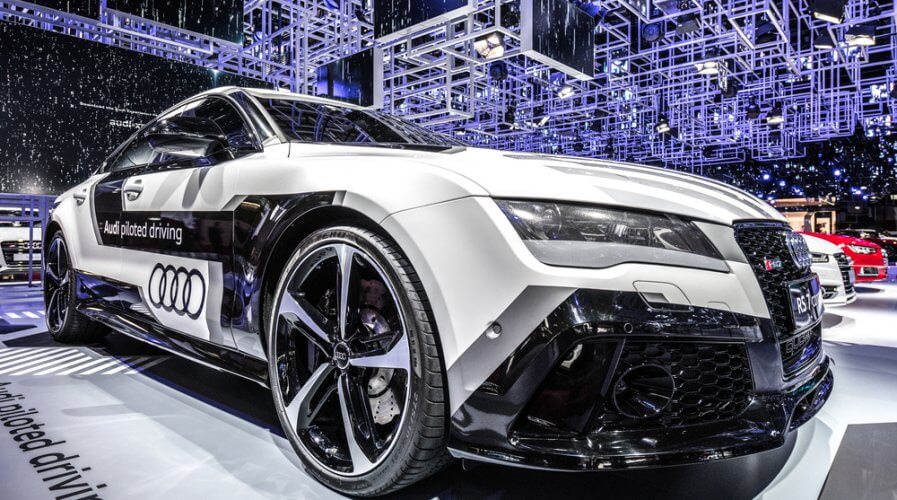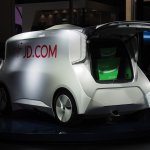
Source: Shutterstock.
Why cybersecurity can’t wait when it comes to autonomous vehicles
THE AUTOMOTIVE industry has arguably changed the most since the advent of the internet of things (IoT).
IoT has driven countless innovations, especially in the autonomous cars sector. The marriage between cars and IoT brings a host of benefits.
However, there is a caveat: Autonomous cars come with heightened cybersecurity risks. If left unchecked, a security breach can be disastrous, affecting passengers and pedestrians alike.
Here are some cybersecurity threats autonomous cars face:
# 1 | Compromised privacy
IoT sensors are the heart of autonomous cars. They provide the car with information such as road conditions, navigation, and temperature.
Since autonomous cars are sophisticated, they depend on a large number of sensors to function. More sensors mean more entry points for hacking, ultimately compromising the privacy of personally identifiable information (PII).
PII is highly sensitive, and may include financial information, medical records, address, or location and trip data. Having this information fall into the wrong hands will be catastrophic, as it can easily be used to commit financial fraud and identity theft.
# 2 | Failure to keep in pace with security risks
The technology environment is never stagnant, and threats arise just as quickly as new technologies. A system that used to be secure will quickly be rendered obsolete, vulnerable to new security risks.
Thus, manufacturers of autonomous cars must constantly develop security patches, and deploy them in a timely manner.
# 3 | Lack of security-by-design
Unfortunately, security is not on top of most manufacturers’ lists when it comes to building software for autonomous cars.
Functionality is valued over software security, and this is evident from the limited budget allocated by some manufacturers to cybersecurity matters.
With cybersecurity as an afterthought, security testing is left to the last stages, where identification of vulnerabilities is rushed through.
If left unaddressed, this exposes autonomous cars to risks that could have otherwise been mitigated.
Autonomous cars have moved past the realm of sci-fi and are already a reality. The use of autonomous cars is climbing steadily, and the level of automation is increasing gradually.
It is understandable that organizations are looking to go to market quickly to boost revenues. However, they must exercise their responsibility towards users, and ensure that all measures have been taken to prevent a cyberattack.
READ MORE
- The criticality of endpoint management in cybersecurity and operations
- Ethical AI: The renewed importance of safeguarding data and customer privacy in Generative AI applications
- How Japan balances AI-driven opportunities with cybersecurity needs
- Deploying SASE: Benchmarking your approach
- Insurance everywhere all at once: the digital transformation of the APAC insurance industry


